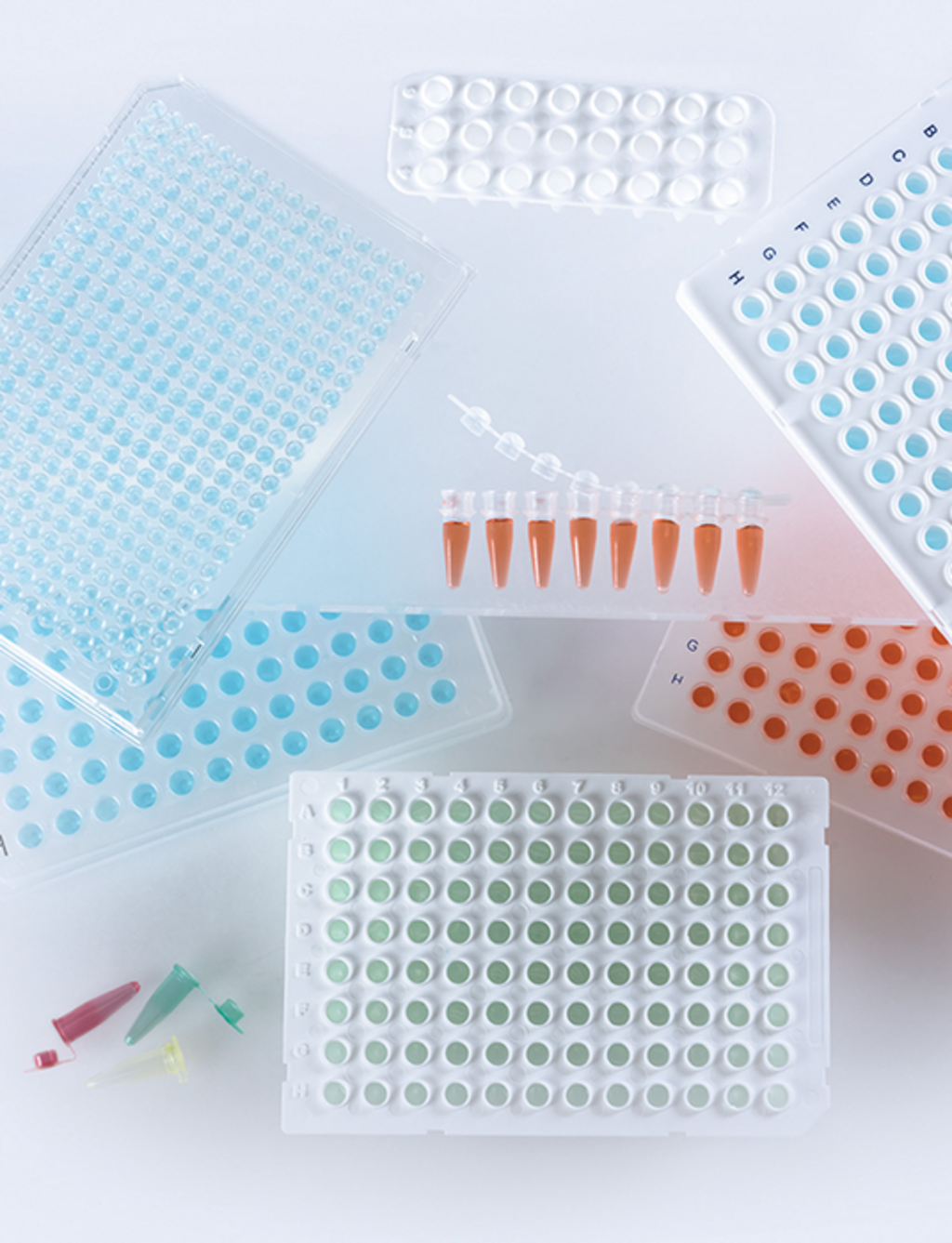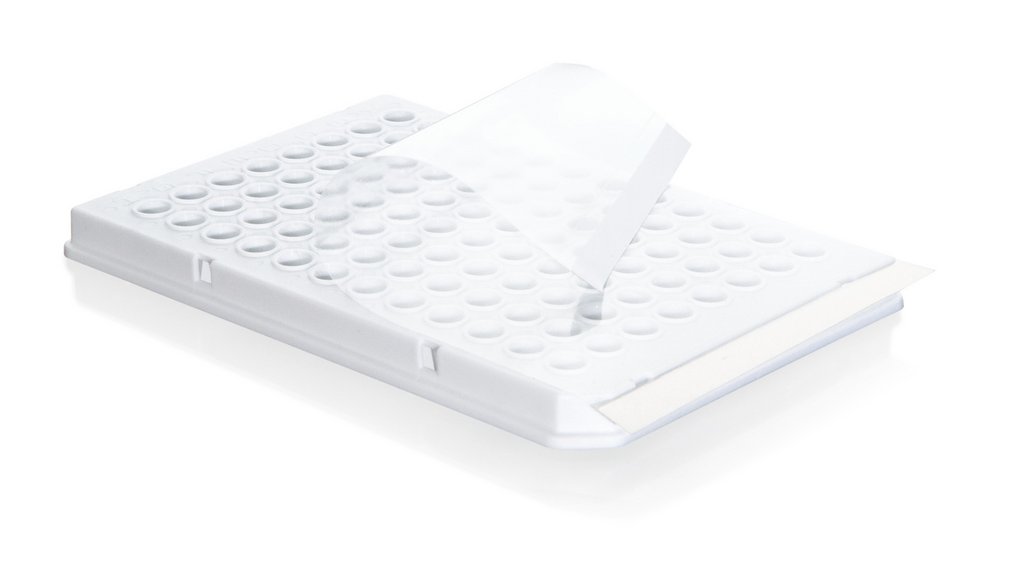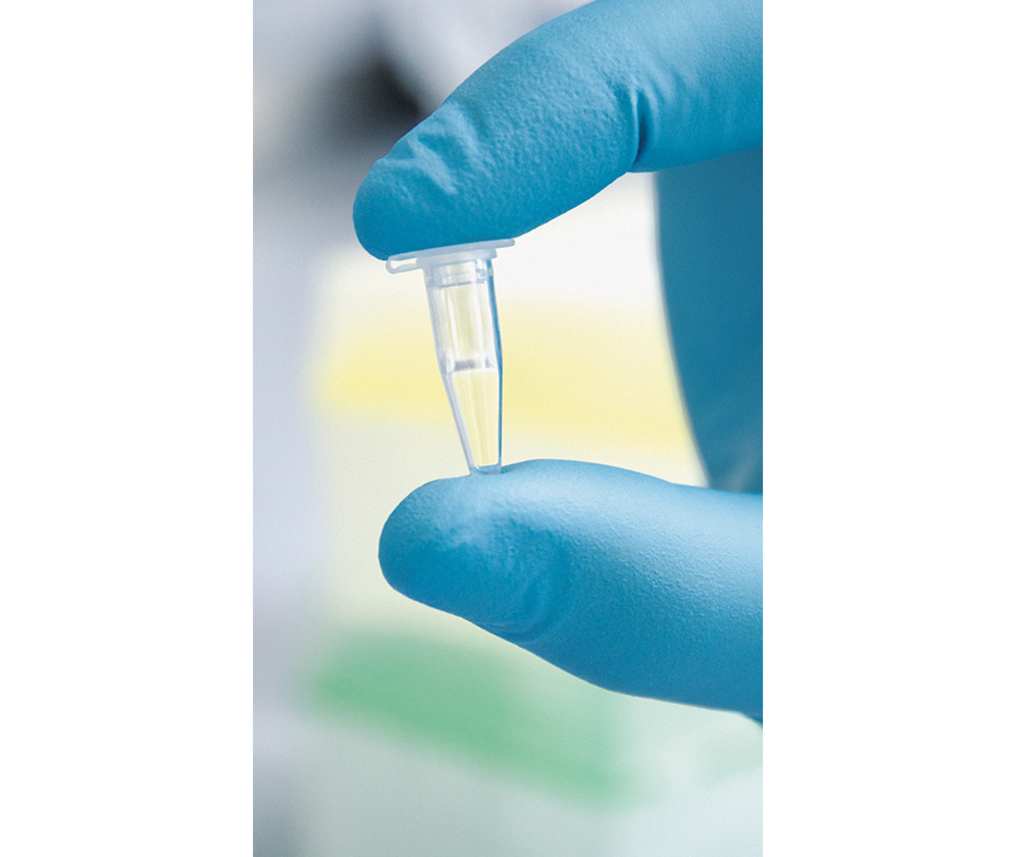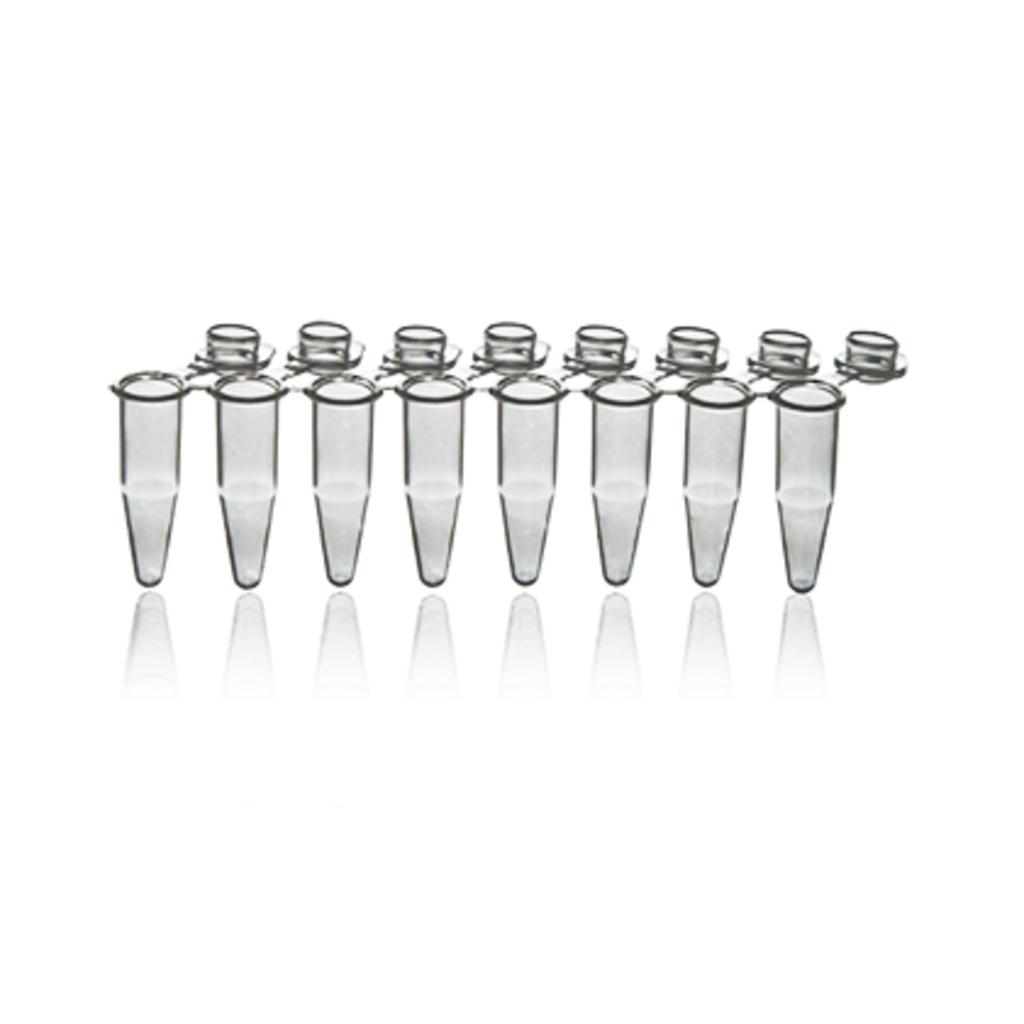How to Choose PCR Consumables for Reliable Assays
Polymerase chain reaction (PCR) has become a cornerstone of molecular biology, but the success of every run depends on more than just reagents. The consumables you select, from plates and tubes to sealing systems, directly affect accuracy, reproducibility, and efficiency. Choosing the right PCR consumables minimizes errors in liquid handling, prevents contamination, and ensures reliable amplification.
Download Full Guide to PCR Consumables (PDF)
Why Consumables Matter in PCR
Plastics play a pivotal role in every PCR cycle. Inferior plates or mismatched seals can cause uneven heat distribution, evaporation, or fluorescence distortion in qPCR. Consumables also determine how well a reaction is protected from contamination and whether results are consistent across runs. The plastics you choose can be just as important to PCR success as the enzymes driving the reaction.
Matching Consumables to Your Thermal Cycler
Thermal cycler compatibility is the first checkpoint when selecting PCR consumables. Some instruments use fixed heating blocks designed for specific formats, while others accept interchangeable blocks for greater flexibility. Ensuring a proper fit between the block and the plate helps prevent hot spots, edge effects, and uneven thermal transfer. Always confirm that your chosen plates, tubes, or strips are designed to work with the block type in your cycler to maintain consistency across every run.

Throughput and Volume Considerations
PCR consumables are available in multiple formats: 24, 48, 96, and 384 wells. For most labs, reactions fall within 20–50 µL. Smaller wells conserve reagents but can reduce flexibility. Decide whether individual tubes, strips, or full plates best match your workload. Automation-heavy labs should also ensure that plates conform to ANSI/SBS footprint standards, allowing seamless integration with robotic systems.
How to Choose PCR Plates
PCR plates deserve special attention. Key considerations include:
Skirt Style
- Unskirted PCR plates are economical but less rigid.
- Semi-skirted PCR plates balance rigidity with flexibility.
- Skirted PCR plates provide the greatest stability and are often required for automated workflows.
Plate Height
- Low-profile PCR plates improve heat transfer and reduce condensation, making them ideal for qPCR.
- Standard PCR plates offer broader compatibility across cyclers.
Color and Transparency
- Clear PCR plates work well for endpoint PCR.
- White PCR plates enhance fluorescence reflection in qPCR, improving sensitivity.
- Optical clarity is important for consistent signal detection.
Wall Thickness
- Uniform walls promote even thermal transfer and reduce well-to-well variability.
When evaluating how to choose PCR plates, consider not only assay type but also cycler design, automation needs, and downstream detection requirements.

How to Choose PCR Tubes
PCR tubes are the simplest format for low-throughput experiments or small batches of reactions. Key considerations include:
Size
- Standard 0.2 mL tubes are the most common.
- 0.5 mL tubes are used for larger volumes.
Cap Style
- Dome caps improve condensation control.
- Flat caps are easier for labeling and qPCR detection.
Wall Thickness
- Thin, uniform walls promote efficient heat transfer.
Compatibility
- Make sure the tube shape and cap style match your thermal cycler’s block design.

How to Choose PCR Strips
PCR strips are a good middle ground between individual tubes and full plates. They allow you to process more reactions at once without committing to an entire plate. Consider the following:
Number of Tubes per Strip
- Typically 8 or 12.
Attached vs Detachable Caps
- Attached caps reduce handling steps; detachable versions provide flexibility.
Optical Compatibility
- For qPCR, clear or optically compatible caps are important for accurate fluorescence readings.
Handling and Storage
- Strips are easier to transport and store than individual tubes while still offering flexibility.

Sealing Options and Their Role in Assay Fidelity
Reliable sealing options prevent evaporation and cross-contamination. Options include:
- Individual tube caps (dome or flat).
- Strip caps for small- to medium-scale runs.
- Sealing films and sheets, with optical films recommended for qPCR.
Always pair caps or films with plates from the same manufacturer to ensure proper fit and consistent performance.
Quality and Contamination Control Across Consumables
Manufacturing quality defines how trustworthy a PCR consumable is. Look for plastics certified free of DNA, RNA, RNase, and endotoxins. Uniform manufacturing also reduces risks from leachables like oleamide or DiHEMDA that can interfere with reactions. This applies not only to PCR plates but also to pipette tips, microtubes, and other accessories that support clean, reliable workflows. Trusted suppliers, such as BRANDTECH Scientific, place strong emphasis on rigorous quality standards to ensure consistency and reliability in every product.
Key Takeaways on Selecting PCR Consumables
PCR success relies on the right balance of instruments, reagents, and consumables. When choosing plastics, remember to:
- Match consumables to your thermal cycler.
- Consider throughput, volume, and automation standards.
- Select the right plate type, skirt style, and profile.
- Use sealing options that protect sample integrity.
- Source high-quality, certified plastics to minimize contamination risk.
Paying attention to these details helps ensure reproducibility, efficiency, and trustworthy results.
Shop BRAND PCR Consumables Download Full Guide to PCR Consumables (PDF)
FAQs About PCR Consumables
Why are White PCR Plates Better for qPCR?
They reflect fluorescence more effectively, leading to stronger, more consistent signals.
How Do I Decide Between PCR Tubes, Strips, or Plates?
Choose tubes for a few reactions, strips for medium workloads, and plates for high-throughput assays or automation.
What’s the Difference Between Low-Profile and Standard PCR Plates?
Low-profile plates enhance thermal transfer and reduce condensation, while standard plates offer broader cycler compatibility.
Why Does Wall Thickness Matter in PCR Plates?
Uniform wall thickness ensures consistent heat transfer across all wells, reducing variability.
Get Started with Better Research Tools!
Explore our full range of life sciences research tools designed for precision and ease of use. From the bench to the breakthrough, BRANDTECH is here to help you work smarter and achieve consistent results. Contact us today or browse our products to find the right fit for your lab.